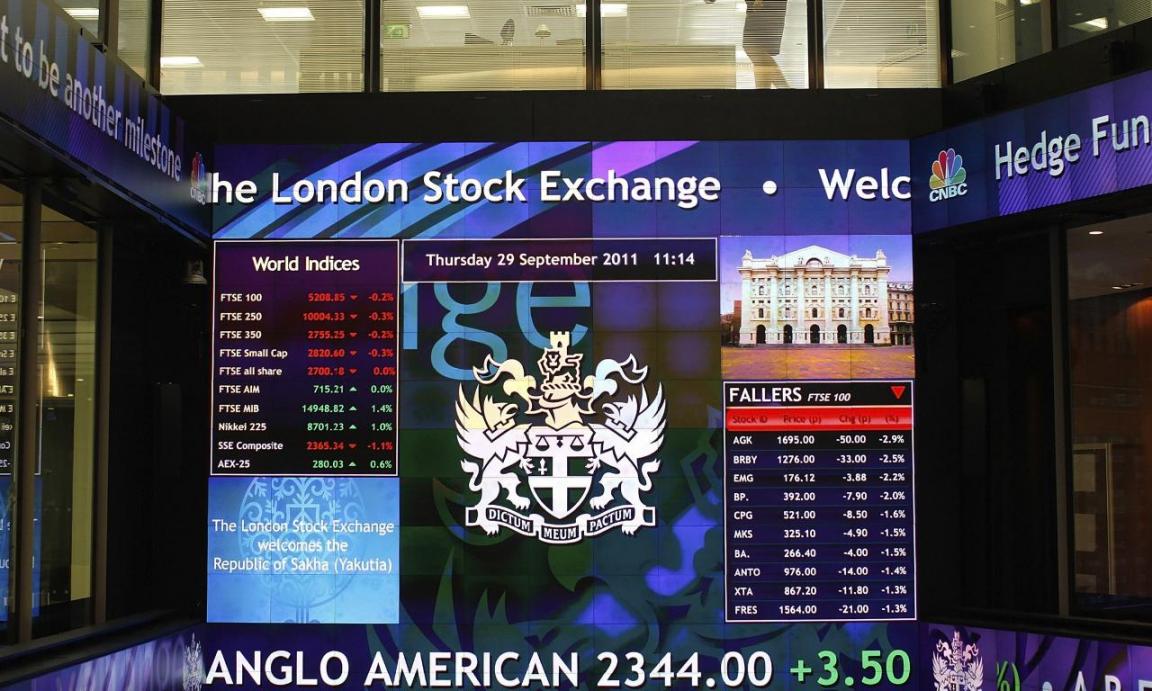World shares rose on Friday and were on course for their best month in four years, as global central banks kept stimulus policies intact and many hinted at further steps to reenergize their economies.
That has helped soothe concern over higher borrowing costs in the United States as the Federal Reserve prepares to tighten rates, possibly by the end of the year, Reuters reported.
The dollar slipped for a second day, notably against the yen after the Bank of Japan left policy unchanged. Government bond yields also slipped back after two days of Fed-fueled increases.
European stocks got an early boost from corporate earnings, with results from France’s Renault, BNP Paribas and Airbus in particular getting the thumbs up from investors.
The pan-European index of leading 300 shares was last down 0.3% on the day at 1,480 points, Germany’s DAX and Britain’s FTSE 100 were down 0.4% and France’s CAC 40 was down 0.2%.
US stock futures pointed to a slightly higher open on Wall Street, which is poised for its best monthly performance in four years. Despite having slipped into red by midday the FTSEurofirst index was set for its best monthly performance since mid-2009, rising around 8% in October.
“Continued expectation of easier central bank policy has helped underpin equity markets after a turbulent few months,” said Michael Hewson, chief market analyst at CMC Markets in London.
“Investors are veering between confidence that the US economy is still performing well enough to withstand a rate rise, to an expectation that if it’s not, the Fed will remain on hold,” he said.
MSCI’s leading global equity index .MIWD00000PUS was up 0.15% on Friday, bringing its monthly gain up to around 8%, its biggest since October 2011.
Eurozone Noflation
The BOJ’s decision to keep monetary policy steady was in line with most expectations, but some investors had speculated the central bank would deliver some additional steps to support Japan’s economy.
The BOJ also trimmed its price and growth forecasts on Friday, and many still expect it to eventually deliver more easing.
US data released overnight showed gross domestic product in July-September increased at a 1.5% annual rate. That was just shy of the consensus forecast for 1.6% growth and slowing from a 3.9% rise in the second quarter.
But solid consumer spending kept alive the possibility that the Fed could deliver an interest rate increase in December.
In currencies, the dollar fell against the yen after the BOJ policy decision, slipping to an intraday low of 120.29, and was last down about 0.6% at 120.45 yen.
The euro also regained ground from the dollar, rising 0.3% to $1.10 after eurozone inflation edged up to 0% in October from -0.1% the month before.
Caption
London Stock Exchange


